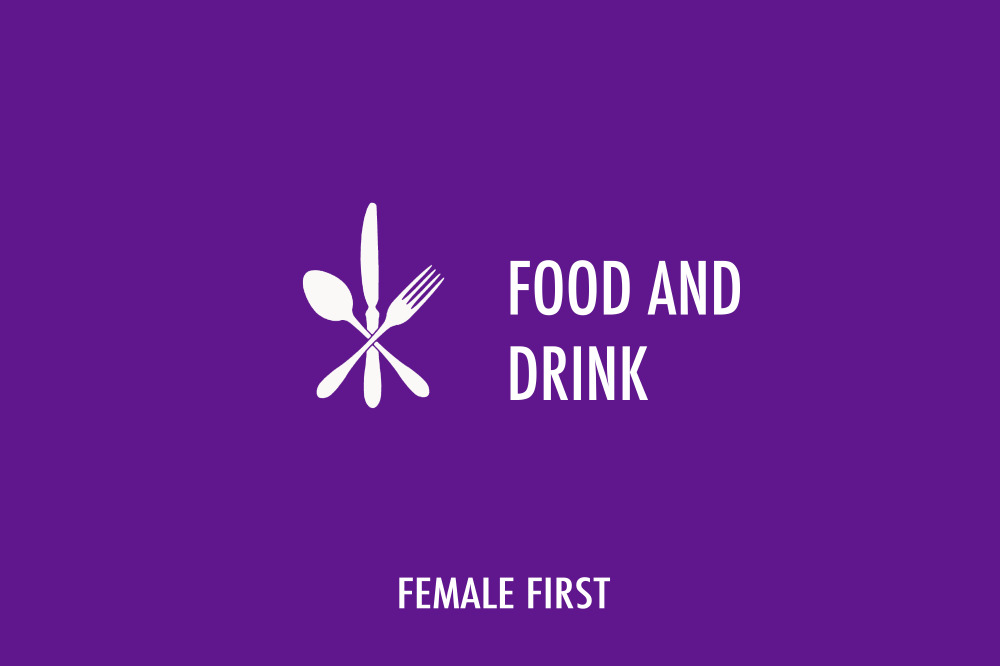We’ve all been there – the clock’s just turned 4pm and we HAVE to have a chocolate biscuit, now. But why do we long for certain tastes and flavours over others? You might be surprised about why you crave the flavours you do – and what that says about you. Abbott senior sensory and consumer scientist Teresa Vollmecke reveals the truth about taste and why it’s important for our health.

Food and Drink on Female First
Culture club
Culture and where we are from have the biggest influences on our development of taste. From an early age the tastes, smells and varieties of foods and spices that you are exposed to influence your taste expectations. With so much global influence, we all still have a few favourites in common and there are some specific regional tastes too. While the most popular flavours across the globe are vanilla, strawberry and chocolate, in the UK we tend to lean towards fruity tastes like raspberry and peach, while the US has a sweeter tooth, craving chocolate and buttery flavours. And childhood familiarity might explain why people in parts of Asia and Asia-Pacific opt for green tea and wheat-based tastes.
It’s gene-ious
To a lesser degree, our genes have some influence too. For instance, our parents pass down bitterness receptors in our DNA, meaning our aversions to certain tastes could be attributed in part to our genetics. In fact, a study a few years ago into coriander seemed to confirm this, noting those with gene SNP rs72921001 said the herb tasted like soap to them.[i]So picky eaters, you can blame mum!
We eat with our eyes
Not only is appearance important when posting your dinner on Instagram, but it seems the way our food looks can also impact our perception of how a meal tastes. While the strongest triggers for tasting food are the olfactory receptors – our sense of smell to you and me – visual appearance, especially the colour and thickness of our food can change how we taste it. In fact, data from Abbott’s taste panel studies show we crave darker chocolate over any other type, and reducing a drink’s grey tinge makes it more appealing to the eye – and that’s where it all starts.
What’s in a name?
Picture a bar of chocolate. The one named ‘rich chocolate’ is more appealing than the plain chocolate bar, right? That’s because our brain conjures mental images and expectations associated with language that makes us start to salivate.
Health is the key
We all know that the better a meal is for us, the trickier it can be to make it taste amazing (kale ring a bell?). But nutrition-dense food is especially important when it comes to recovering from illness, when eating is often the last thing on our minds. And, as any parent will tell you, if it doesn’t look good, children won’t eat it – no matter how good it is for them and that’s a real challenge when a child is ill. So the look, texture and dominant flavours of ‘therapeutic foods’ are key, to make sure even the most vulnerable little ones get all the nutrition their bodies need.
There are actually taste and flavour scientists Teresa Vollmecke works with, who are dedicated to making nutritional products taste better, helping to make the road to recovery that much easier. But finding the right combination of ingredients that taste good and blend well together, to make something nutrition-packed pleasing to the taste buds is easier said than done. Some nutrients that can help nourish us back to health don’t taste the best on their own, so finding the right balance can be a challenging puzzle.
Mind over matter
Memory is a powerful beast, so it’s understandable it also plays a role in the food we crave. Studies show that when it comes to making food choices, we are reliant on our memory to recap prior meals since we so often choose what we eat before we see or smell the food.[ii] For example, if someone tells you to imagine the taste of a large, juicy lemon, you’ll think about how yellow it is or the puffiness of its skin. You can imagine it in more detail and your mouth will start salivating. So eat a delicious meal and it makes sense that days later the mere memory might create some tummy rumblings.
It transpires that our sense of taste is actually pretty complex and what we like to eat can’t just be put down to personal ‘taste’. In fact, our culture, genes, eyes and even memory are all wrapped up in one forkful. Food for thought!
[i]Eriksson N et al. A genetic variant near olfactory receptor genes influences cilantro preference. Flavour 2012; 1(1):22.
[ii]Robinson E et al. Changing memory of food enjoyment to increase food liking, choice and intake. B J Nutr 2012; 108(08):1505-1510.

